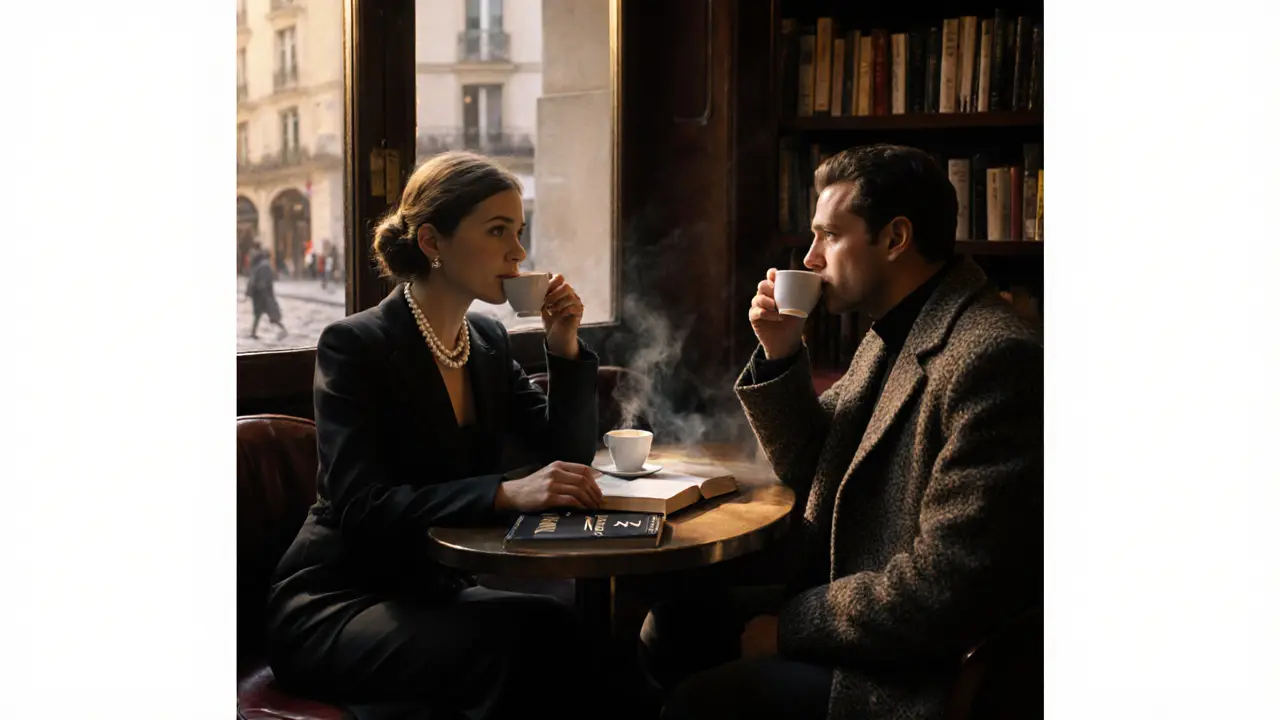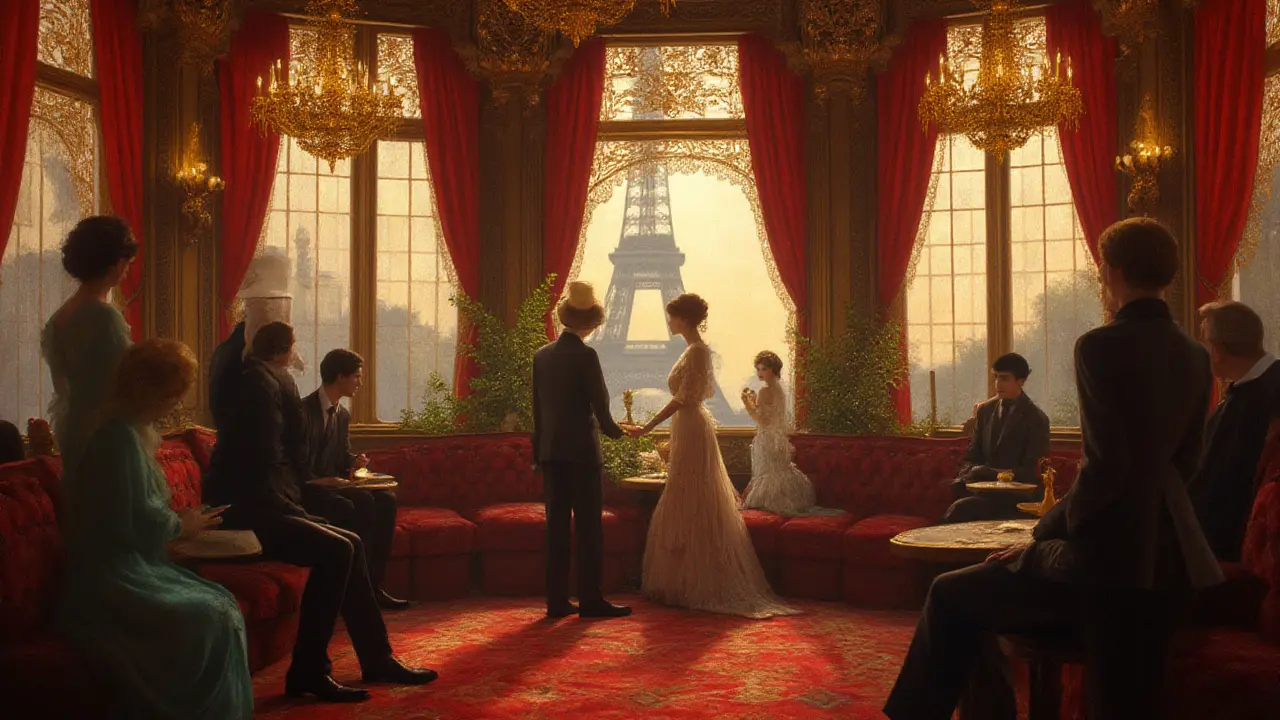Paris Nightlife History: From Cabarets to Modern Clubs
Paris has been buzzing after dark for centuries. If you want to know why the city feels alive at night, start with its cabaret era. In the late 1800s places like the Moulin Rouge set the tone: glitter, music, and a crowd that loved to be seen.
Those early venues weren’t just about entertainment; they were social hubs where artists, writers, and the curious mingled. The bohemian vibe spread to neighborhoods like Montmartre and Pigalle, turning narrow streets into stages for spontaneous performances.
From Cabarets to Modern Clubs
When jazz arrived in the 1920s, Paris night life got a fresh sound. Clubs along the Seine played swing beats, and the city became a magnet for American musicians. After World II, the vibe shifted again. Youth culture brought rock ‘n’ roll, and spots like Le Club Calypso turned to rhythm and blues.
The 1970s and 80s saw disco and electronic music taking over. Legendary clubs such as Le Rex and Le Bataclan opened doors to DJs and dance floors that lasted until sunrise. Today, the scene mixes high‑end lounges, underground techno warehouses, and classic jazz bars, giving every visitor a choice.
Tips to Experience the Nightlife Like a Local
First, pick a district that matches your mood. If you crave retro charm, head to Pigalle and catch a cabaret show. For sleek cocktails, the 6th arrondissement offers chic bars near the Luxembourg Gardens. Want a wild night? The 9th district has clubs that stay open past 4 am.
Second, respect the dress code. Most upscale spots expect smart‑casual attire – think a nice shirt, tidy shoes, and no sportswear. For underground venues, the rules are looser, but clean shoes still score points.Third, plan your transport. The Metro stops running around 1 am, but night buses (Noctilien) and rideshares fill the gap. Knowing the nearest stop saves time and avoids a long walk.
Fourth, try a local drink. A classic French 75 or a glass of Kir Royal adds authenticity to the night. Many bars also serve craft beers from microbreweries, which is a cool way to taste the city’s growing brew scene.
Finally, keep safety in mind. Stick to well‑lit streets, keep your phone charged, and let someone know where you’re headed. Paris is safe, but a little preparation makes the experience smoother.
Whether you’re watching a burlesque act, dancing to techno, or sipping wine on a rooftop, the history of Paris nightlife is still alive tonight. Knowing its roots helps you appreciate each beat, each spotlight, and each laugh that fills the streets after dark. So pick a spot, dress up, and enjoy the city that never truly sleeps.

